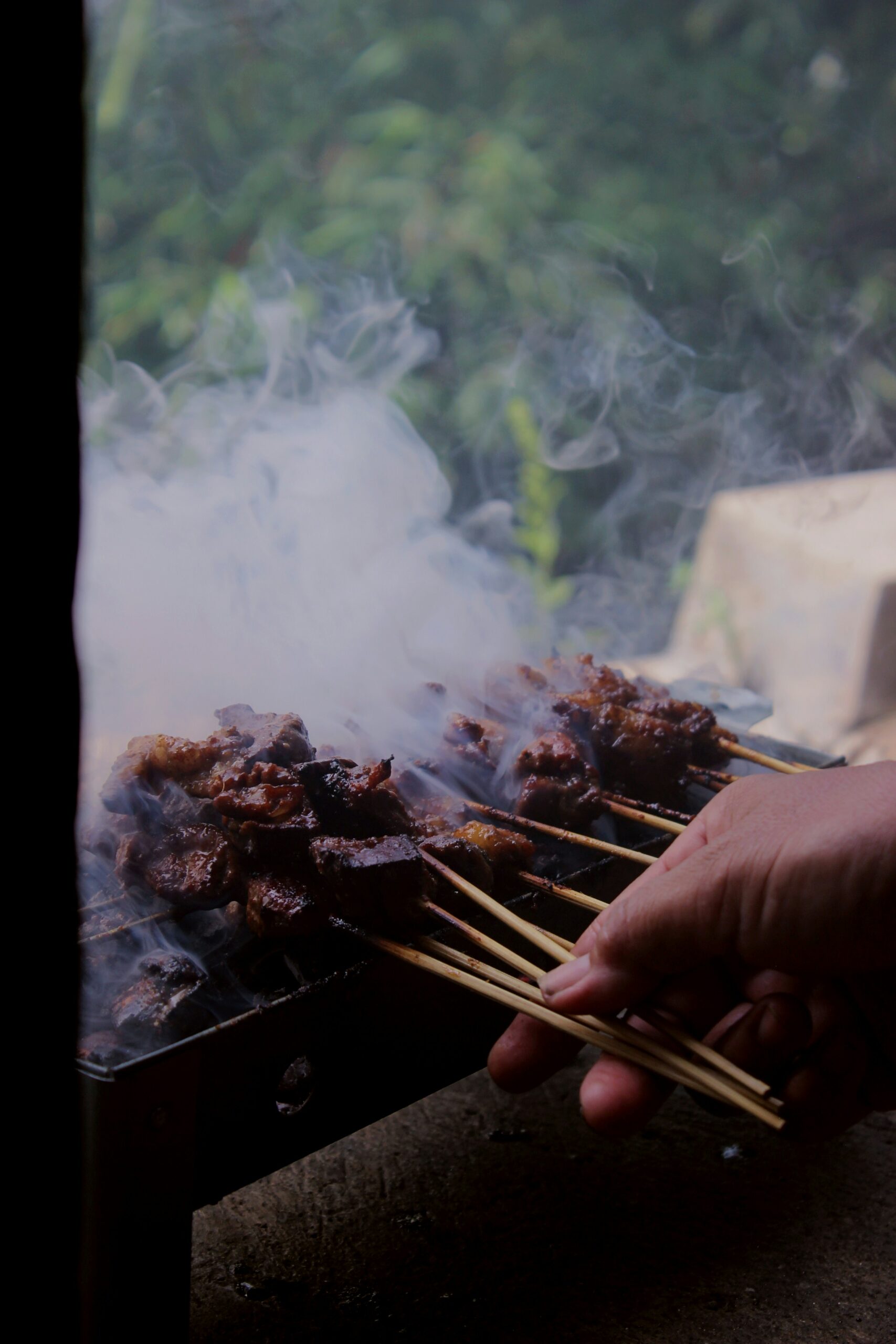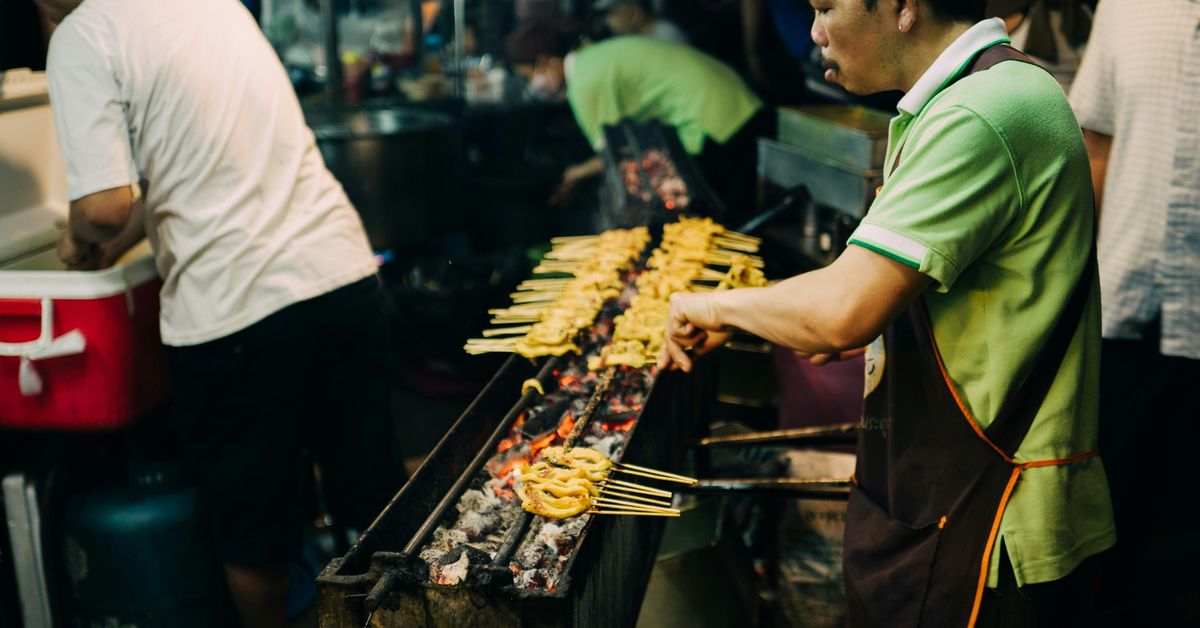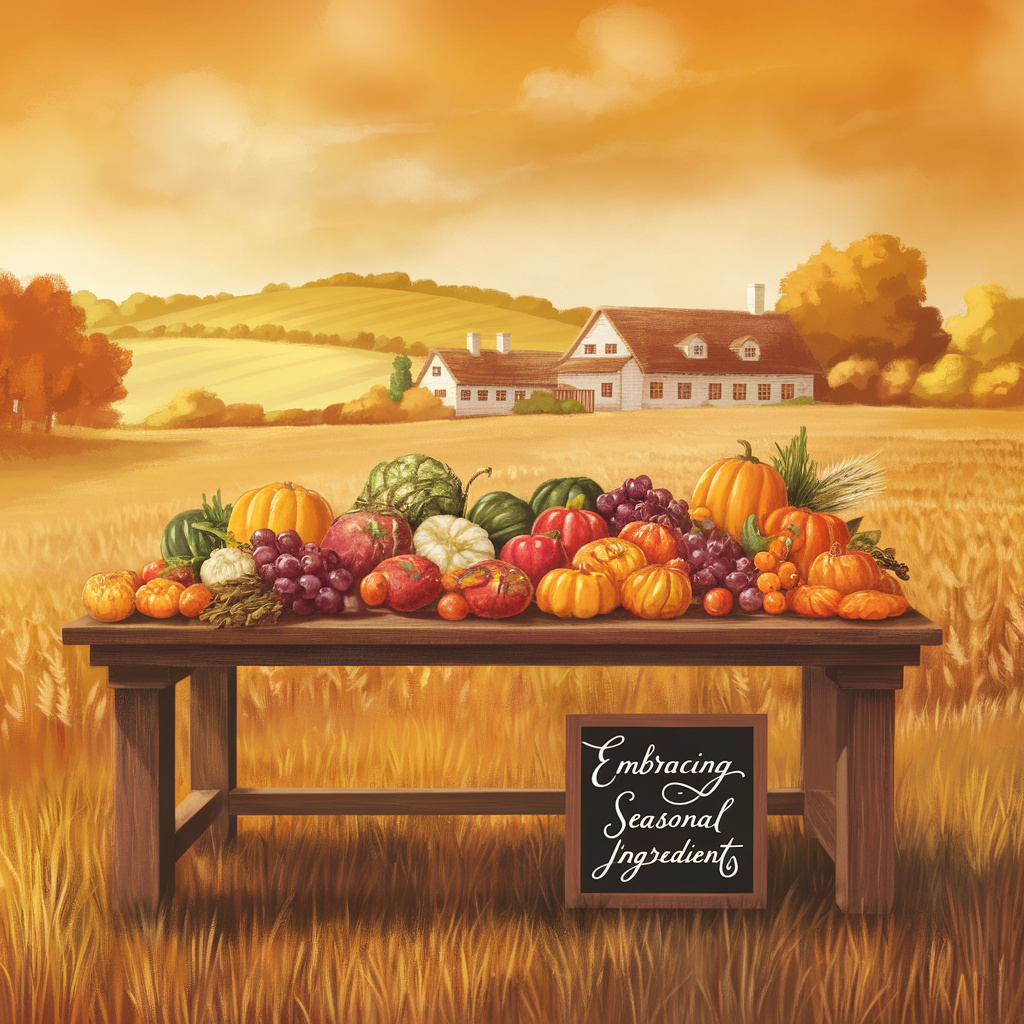Savoring Tradition: Exploring Heirloom Recipes Passed Through Generations
There’s something undeniably magical about the aroma of a dish that carries the weight of generations. The savory scent of a bubbling pot on the stove can evoke memories that, while sometimes hazy, feel as vivid as the day they were created. Heirloom recipes—those culinary treasures passed down from one generation to the next—are more than just a collection of ingredients and instructions. They are stories, traditions, and connections to our past. Each bite is a morsel of history, rich with the love and labor of those who came before us.
The Roots of Heirloom Recipes
Heirloom recipes often stem from family gatherings, cultural celebrations, or simply the need to feed a hungry crew. These recipes tend to be rooted in specific regional traditions, shaped by the availability of ingredients and the unique preferences of each family. Think about it: how many of us have a beloved dish that our grandparents made, perhaps with a secret ingredient they swore you’d never guess? (I still can’t figure out what Grandma slipped into her famous pot roast, but I’m convinced it’s some sort of ancient magic.)
These culinary artifacts are particularly significant in today’s fast-paced world, where convenience often trumps tradition. As we rush through life, the art of cooking can sometimes feel like a lost craft. But heirloom recipes remind us to slow down, to savor the process, and to appreciate the simple joy of cooking. They are a way to connect with our roots, to honor those who have fed us and nurtured us throughout our lives.
Family Stories Embedded in Recipes
Every heirloom recipe comes with a story—some charming, others bittersweet. Take my Aunt Mary’s famous apple pie, for example. Legend has it that she first baked it to impress her soon-to-be husband, a rather skeptical fellow who claimed he didn’t like dessert. Well, she not only won his heart but also created a family favorite that has since graced countless holiday tables. “You can’t rush perfection,” she’d say, rolling out the dough with a practiced hand. And that’s become a mantra in our family, symbolizing both patience in cooking and in life.
Research backs this notion, suggesting that food is one of the most effective mediums for storytelling. A study published in the journal Appetite found that cooking together can strengthen family bonds and create lasting memories. If you’re fortunate enough to have a family recipe that’s been passed down, you’ve likely experienced this firsthand—gathering around the kitchen, sharing laughter and perhaps the occasional culinary mishap (like the time I mistook salt for sugar in a cake batter, which thankfully didn’t end in total disaster!).
Rediscovering Lost Recipes
As we dive deeper into this culinary treasure trove, it’s essential to consider the importance of documenting and preserving these recipes. In an age where digital recipes abound, many of us risk losing the old ways, especially as family members age or pass away. The act of writing down a recipe—preferably in the hand of the original creator—can be a way of capturing not just the ingredients, but the essence of the person who made it.
There’s a growing movement to revive lost recipes, particularly those of cultural significance. Many communities are now working to document traditional cooking methods and ingredients that are at risk of disappearing. For instance, Native American tribes are reclaiming their culinary heritage by reviving traditional dishes made with indigenous ingredients. It’s a fascinating intersection of food, culture, and identity that deserves our attention.
The Science of Flavor and Memory
Have you ever noticed how certain flavors can trigger vivid memories? There’s a scientific basis for this phenomenon. When we eat, the brain releases neurotransmitters that affect our mood and emotions. This means that the taste of a beloved family dish can evoke feelings of comfort and nostalgia—a warm hug from the past, if you will. Chef and food historian Michael Twitty explains that food is a powerful vehicle for memory because it engages multiple senses at once. “Taste is not just about flavor,” he notes, “it’s about the stories that accompany it.”
Think about it: the taste of a rich, creamy macaroni and cheese might take you back to childhood dinners, while the smell of fresh-baked bread may remind you of your mother’s kitchen. These sensory experiences can be profoundly emotional, creating a tapestry of memories woven together with food.
Heirloom Ingredients: The Backbone of Tradition
While recipes are vital, let’s not forget the importance of ingredients. Heirloom ingredients—those that have been cultivated for generations—play a crucial role in maintaining the integrity of heirloom recipes. For instance, heirloom tomatoes, with their vibrant colors and varied flavors, can elevate a simple salad to something extraordinary. Similarly, ancient grains like farro or spelt can add depth and nutrition to traditional dishes.
In recent years, there’s been a resurgence of interest in heirloom varieties among chefs and home cooks alike. This trend not only supports biodiversity but also pays homage to the farmers who have dedicated their lives to preserving these crops. It’s a win-win situation: we get to enjoy food that’s more flavorful, while also contributing to sustainable agricultural practices.
Modern Twists on Heirloom Recipes
Now, let’s be honest—sometimes, heirloom recipes can feel a bit dated. They often come with lengthy cooking times and complex techniques that can intimidate even the most experienced home cooks. But that doesn’t mean we have to abandon them entirely! Many culinary creatives are finding ways to modernize these treasured dishes while preserving their essence.
Take the classic beef stew, for example. Traditionally, it may involve hours of slow cooking, but today’s cooks are finding ways to streamline the process without sacrificing flavor. Instant pots and slow cookers have revolutionized how we approach these time-honored recipes, allowing for a quicker turnaround while maintaining that comforting depth of flavor.
Or consider how chefs are reimagining traditional dishes with a twist. You might find a modern take on Grandma’s lasagna featuring zucchini noodles instead of pasta, catering to contemporary dietary preferences while still honoring the original dish. Embracing change while respecting tradition can be a delicate dance—but one that often results in delicious outcomes.
Gathering Around the Table: The Importance of Shared Meals
As we explore the world of heirloom recipes, it’s vital to recognize the role of shared meals in fostering community and connection. In many cultures, meals are more than just a means to nourish the body; they are an opportunity to gather together and strengthen bonds. The act of sharing food has been a fundamental part of human interaction for centuries—something we should never take for granted.
In fact, several studies suggest that families who share meals together tend to have stronger relationships and better communication. It’s a simple yet profound way to ensure that stories, traditions, and laughter are passed down through generations. (Plus, let’s be real: there’s nothing quite like sharing a plate of freshly baked cookies with loved ones—especially when it’s a secret family recipe!)
Documenting Your Own Heirloom Recipes
So, how do you go about creating your own heirloom recipes? It begins with a little exploration and experimentation. Start by gathering family recipes, perhaps from your parents or grandparents, and spend some time in the kitchen recreating them. Don’t be afraid to ask questions—what makes this dish special? Are there any specific traditions that accompany it?
As you begin to establish your own culinary identity, consider documenting your cooking adventures. Whether it’s through a handwritten recipe journal, a blog, or even a family cookbook, preserving your unique creations will ensure that future generations can savor the flavors of your time. Who knows? Your version of Aunt Mary’s apple pie may one day become a cherished family classic!
Conclusion: Savoring the Journey
Ultimately, heirloom recipes are a bridge between the past and the present. They are a testament to the love and care that goes into cooking and a reminder of the importance of tradition in our fast-paced lives. Whether it’s Grandma’s secret spaghetti sauce or your uncle’s famous barbecue ribs, these recipes carry with them the stories and memories of those who came before us.
So, let’s cherish these culinary heirlooms. As we gather around the table, let’s take a moment to appreciate not just the food, but the stories that accompany it. After all, cooking is not just about satisfying our hunger; it’s about nourishing our souls, forging connections, and celebrating the rich tapestry of our shared history. And who knows? You might just find that in savoring tradition, you’re also helping to create new memories for generations to come.




